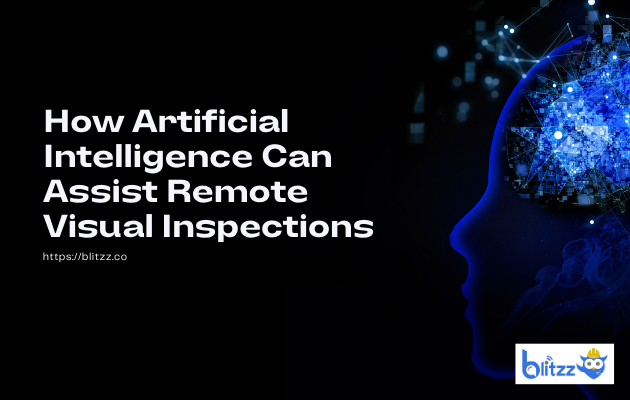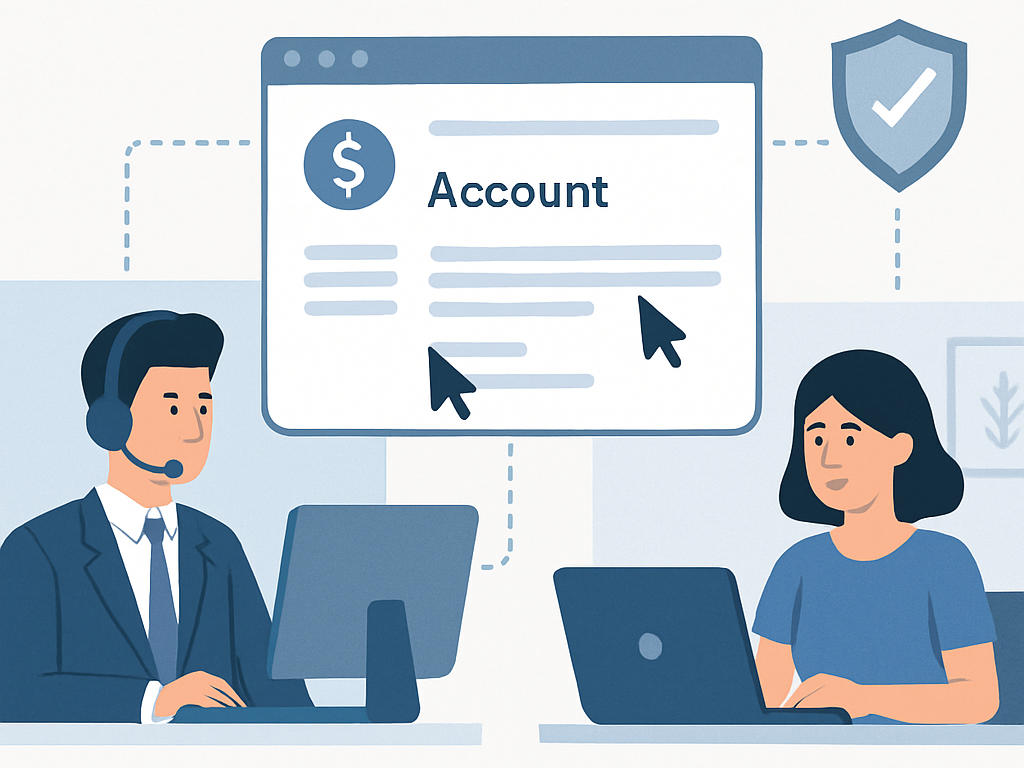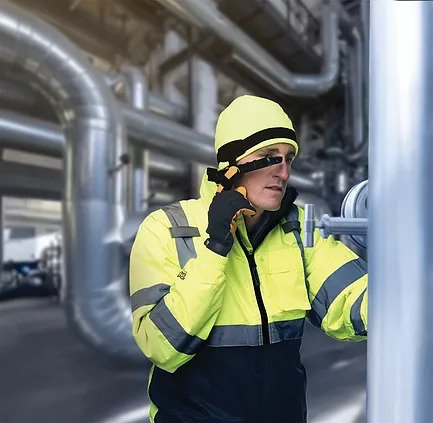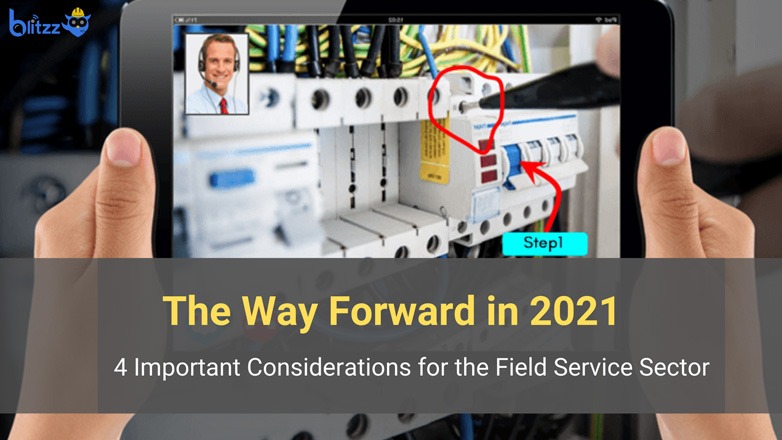How AI can Assist with Remote Visual Inspections
In recent years, there has been a growing interest in the use of AI technologies for remote visual inspections. These technologies can help improve the efficiency and accuracy of inspections, reduce costs, and enhance safety. In this blog, we will discuss how AI can assist with remote visual inspections and some of the benefits that these technologies can offer.

What are Remote Visual Inspections?
Remote visual inspections involve the use of cameras or other imaging technologies to inspect objects or areas that are difficult or dangerous to access. These inspections are often conducted in industrial settings, such as manufacturing plants, refineries, and power plants, as well as in infrastructure, such as bridges, tunnels, and pipelines.
Traditionally, remote visual inspections have been performed by human inspectors who use visual cues to identify problems or potential hazards. However, this approach can be time-consuming, expensive, and risky, particularly when inspections involve hazardous environments or difficult-to-reach areas.
How can AI assist with Remote Visual Inspections?
AI technologies can help overcome some of the challenges associated with remote visual inspections. By using machine learning algorithms, computer vision, and image recognition, AI systems can analyze visual data and identify potential problems or hazards.
Here are some examples of how AI can assist with remote visual inspections:
-
Automated Object Detection: AI systems can be trained to recognize specific objects or features in images or videos, such as cracks, corrosion, or leaks. These systems can quickly scan large amounts of visual data and identify potential problems or hazards, reducing the time and cost of inspections.
-
Predictive Maintenance: AI systems can analyze visual data over time to predict when equipment or infrastructure is likely to fail. By identifying potential problems early, maintenance teams can take corrective action before a failure occurs, reducing downtime and repair costs.
-
Remote Assistance: AI technologies can provide remote assistance to human inspectors in real-time. For example, an AI system could analyze live video feeds from a remote location and provide guidance or recommendations to human inspectors based on what it sees.
-
Risk Assessment: AI systems can analyze visual data to identify potential safety risks, such as the presence of hazardous materials or the risk of fire or explosion. By identifying these risks, safety teams can take preventive measures to reduce the risk of accidents or injuries.
Benefits of AI-assisted Remote Visual Inspections
The use of AI technologies for remote visual inspections can offer several benefits, including:
-
Improved Efficiency: AI systems can quickly analyze large amounts of visual data, reducing the time and cost of inspections. This can help organizations identify potential problems or hazards before they become more serious, minimizing downtime and repair costs.
-
Enhanced Safety: By using AI technologies to analyze visual data, organizations can reduce the need for human inspectors to enter hazardous environments or difficult-to-reach areas, reducing the risk of accidents or injuries.
-
Improved Accuracy: AI systems can analyze visual data with a high level of accuracy, reducing the risk of human error. This can help organizations identify potential problems or hazards more reliably, reducing the risk of equipment failure or other issues.
-
Predictive Maintenance: By analyzing visual data over time, AI systems can predict when equipment or infrastructure is likely to fail, allowing maintenance teams to take corrective action before a failure occurs. This can help reduce downtime and repair costs, as well as improve overall equipment reliability.
Conclusion
AI technologies can offer significant benefits for organizations that conduct remote visual inspections. By using machine learning algorithms, computer vision, and image recognition, AI systems can analyze visual data and identify potential problems or hazards. This can help organizations improve efficiency, enhance safety, and reduce costs. As AI technologies continue to evolve, we can expect to see even more innovative solutions for remote visual inspections in the future.
Contact us to learn more about Blitzz Visual Inspection and how we can help automate your solutions.



